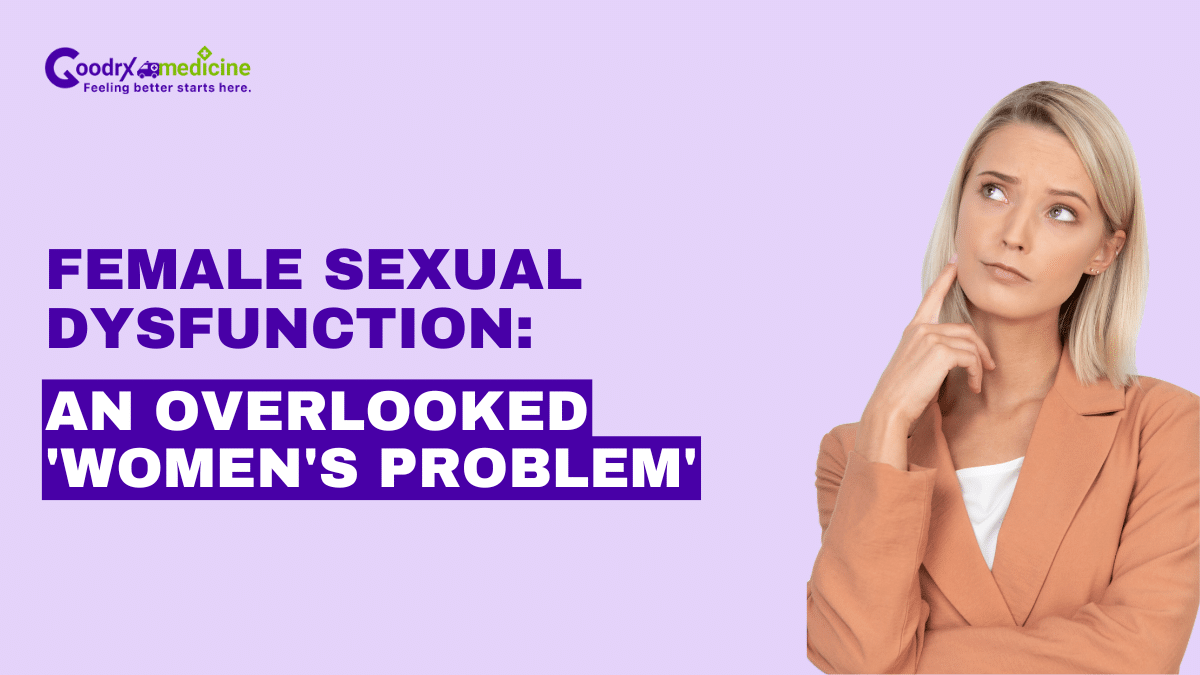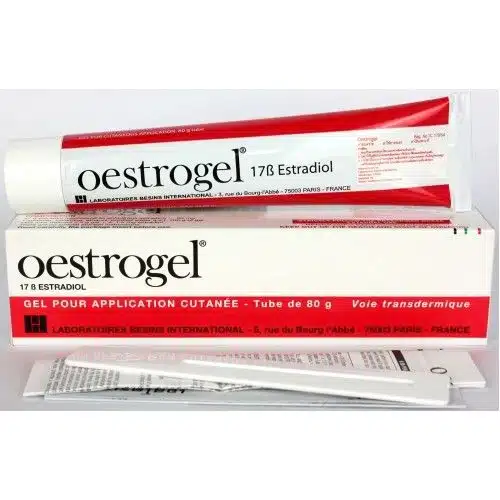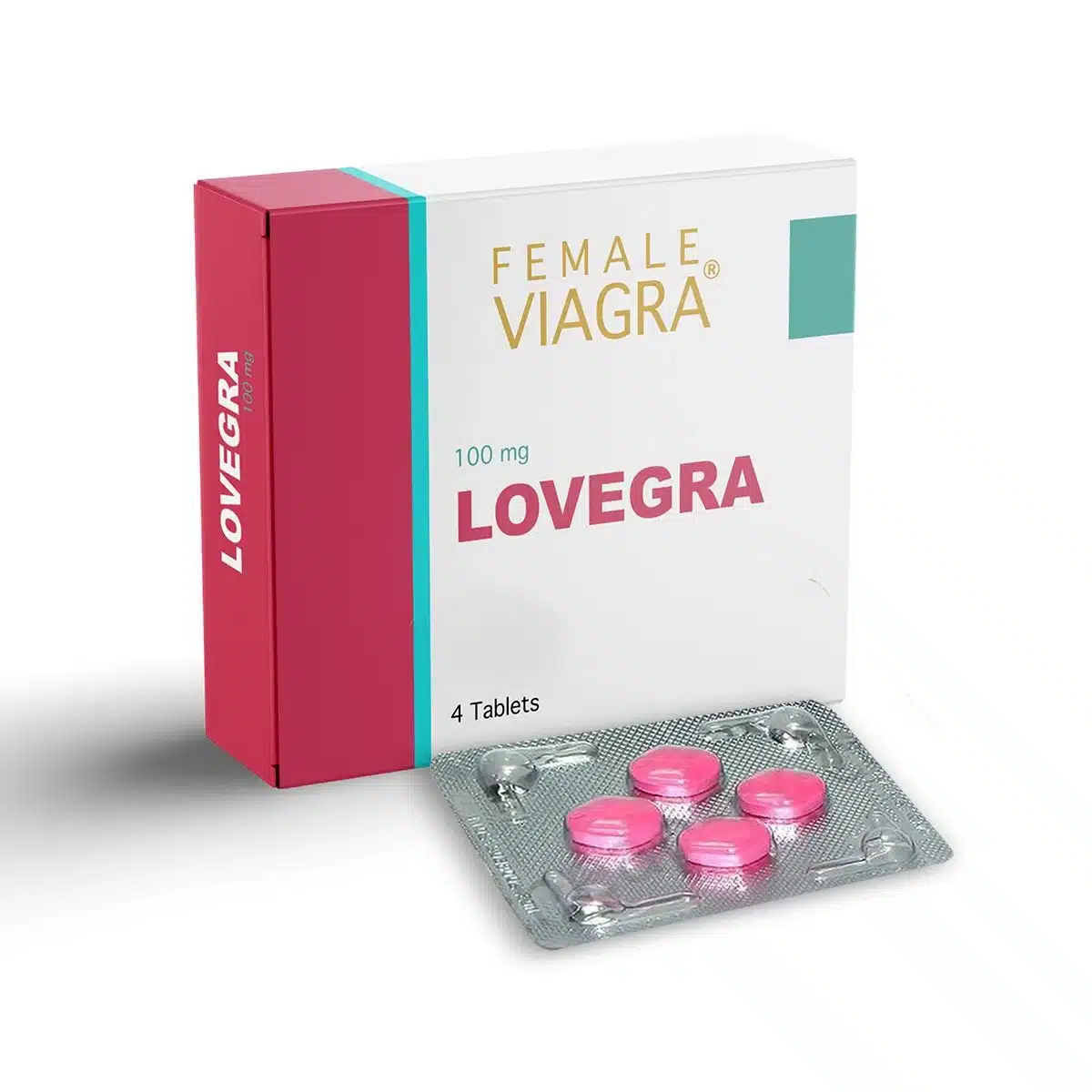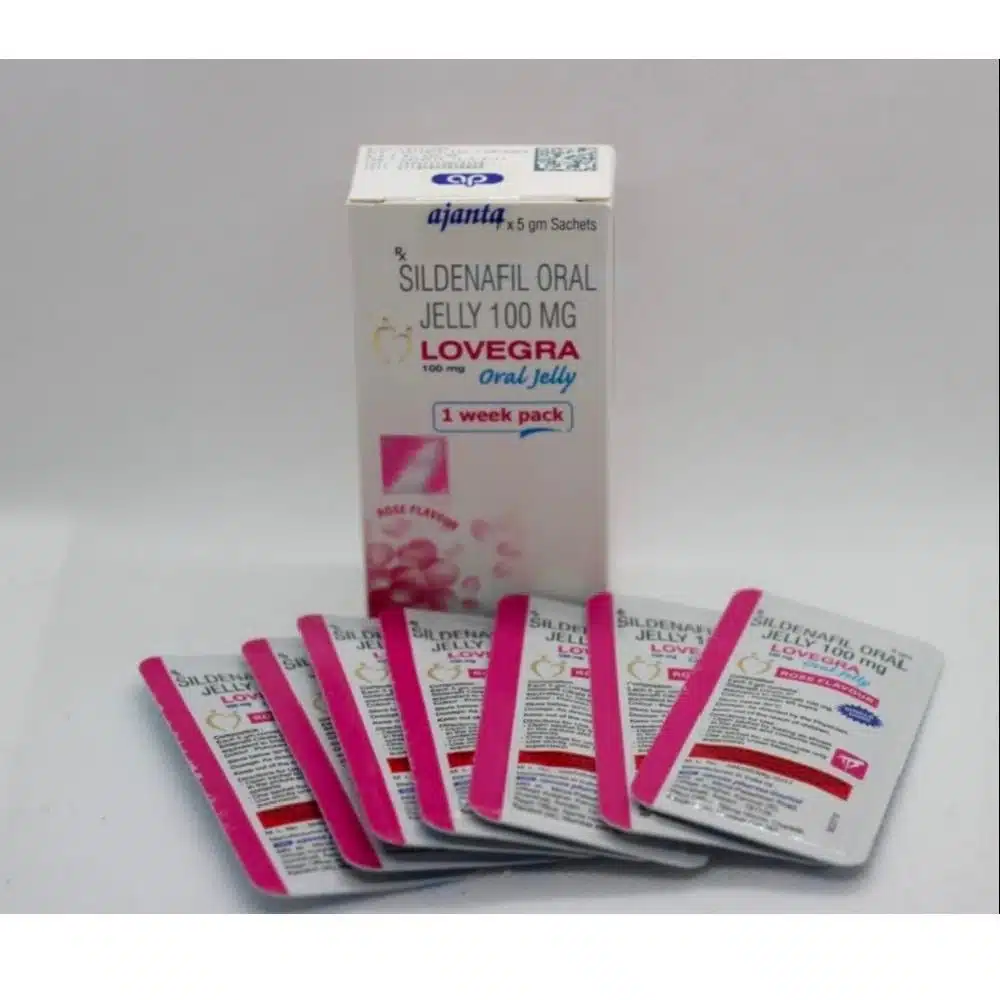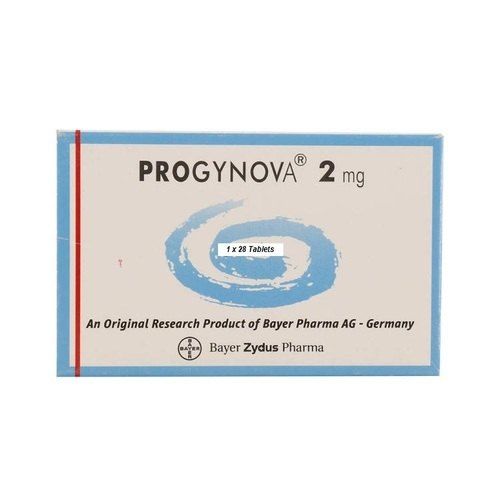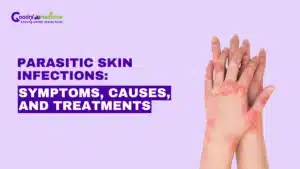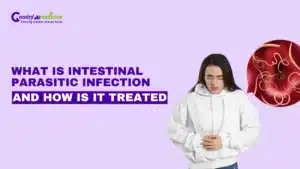When it comes to sexual problems, Female Sexual Dysfunction (FSD) is often ignored as a serious issue. The reason can be less awareness among individuals or social stigma that often leads to late diagnosis or even neglecting this sexual problem. Many studies claim that the worldwide prevalence of FSD in women tends to be around 38%.
However, despite having a higher global prevalence compared to Sexual Dysfunction in men that is 28%, less attention is paid to women’s sexual problems. As an adverse consequence, FSD not only affects the physiological and psychological quality of a woman’s life but also impacts her overall well-being.
Therefore, this article discusses everything you need to know about Sexual Dysfunction in women, including its types, symptoms, causes, diagnosis, and effective treatment. It further shares how your partner can help you overcome sexual changes and strengthen your bond.
What is Female Sexual Dysfunction?
Sexual Dysfunction (SD) in women or ‘frigidity’ can be understood as the persistent inability to experience sexual pleasure or arousal. It causes personal distress and often impacts the relationship with your partner. FSD may take different forms, from lack of sexual desire to physical pain during sex.
In the US only, the prevalence of FSD has been reported to be around 43%, where nearly 17%-54% of women confess having problems with sexual desire. Sexual Dysfunction in women may have physiological and psychological causes or both impacting each other. Fortunately, FSD is manageable with early diagnosis and prompt medical intervention.
Female Sexual Dysfunction symptoms and types
Some common symptoms that often signal the type of Female Sexual Dysfunction are as follows:
- Sexual Desire Disorder: It involves a lack of interest to engage in sexual activity in general or with the current partner. It may also involve low libido in women and can be caused by lower Estrogen and Testosterone levels
- Sexual Arousal Disorder: It causes difficulty in becoming sexually aroused, also called Female Sexual Arousal Disorder
- Sexual Pain Disorder: Involuntary muscle tightening around the vagina, as in the case of Vaginismus, causes painful sexual experience. It can also be caused by inadequate lubrication of the vagina
- Orgasm Disorder: Even with normal sexual interest, you may face difficulty reaching orgasm or climax
Female Sexual Dysfunction causes
Many factors or causes contribute to the development of Sexual Dysfunction in women. While the causes are typically physical or psychological, they are often associated with each other.
Some major contributors to the Sexual Dysfunction in females include:
Physical FSD causes
Many medical conditions, including Cancer, bladder problems, kidney diseases, or heart problems, can negatively impact your sexual function. Some other medical conditions, such as Endometriosis, Fibroids, high blood pressure, and Hyperprolactinemia, are also associated with less sexual desire and pain during sex.
If you recently had surgical removal of ovaries, Breast Cancer, or Ovarian Cancer, you may also experience SD. Furthermore, your sexual function can also be caused as a side effect of some medications, such as antidepressants, chemotherapy, and blood pressure medicines.
Psychological causes of FSD
Anxiety and Depression are the major contributors to Sexual Dysfunction in women. It can also develop due to persistent fear, such as fear of rejection, self-image, and past sexual trauma, which may also lead to impaired sexual function.
Furthermore, some other psychological risks of FSD include the sudden demise of a close relative, low self-esteem, self-doubt, family problems, and financial conditions. It is necessary to discuss these concerns with your partner or doctor to get peace of mind and reclaim sexual intimacy.
Hormonal imbalance
Low Estrogen after Menopause can also impact libido. It may lead to thinning and less elasticity of vaginal tissue, which may cause painful sexual experiences. Furthermore, low Estrogen levels may also contribute to less sex drive in women after 40.
Gynecological issues
Pregnancy is itself a rollercoaster of hormones and a new experience for many women. Sex drive during pregnancy and postpartum is often diminished and may be linked to fatigue and stress.
The risks of the impact of pregnancy and postpartum on the sexual function of a woman are as follows:

- Stress: The company of the infant, changes in roles, and sleep disruptions may cause stress, affecting sex drive
- Postpartum injuries: Tearing in the area of the vaginal opening during delivery may lead to pain in the vaginal region, often linked to less sex desire
- Postpartum Depression: Postpartum Depression is real and is caused by sudden hormonal changes after the delivery of the baby, which further affect the sex drive
Complications of FSD
With early diagnosis and prompt medical treatment, Sexual Dysfunction can be managed. However, without treatment, FSD may cause certain complications in women, such as the inability to get pregnant. The main cause of infertility is less engagement in sexual activity.
Besides leading to infertility, SD in women can also delay conception (fertilization).
Furthermore, Sexual Dysfunction in women can also cause low self-esteem, frustration, and relationship conflicts and impact the overall psychological well-being of a woman. Therefore, it is necessary to diagnose the condition early and seek treatment.
Diagnosis of Female Sexual Dysfunction
The diagnosis of FSD involves identifying the symptoms of impaired sexual function through medical and sexual history. It can only be diagnosed if the symptoms of FSD persist for more than six months and cause significant psychological distress among women.
The diagnostic approach of FSD involves a detailed examination of the pelvic region to identify the cause of pain during sexual activity. Your doctor may also take a blood test to check for the underlying health condition or hormonal imbalance that may cause FSD.
Furthermore, your doctor may also ask you questions related to your sexual life, such as:
- Symptoms of sexual impairment
- Other medical disorders
- If you had an injury in the pelvic region
- Relationship with your partner
- If you take any medications
- Common triggers like emotional baggage or past problems
- Past sexual experiences or sexual trauma
Based on the answers to these questions, your doctor may prescribe you Sexual Dysfunction treatment for a faster recovery.

How to treat Female Sexual Dysfunction?
With early treatment and proper management, you can overcome sexual problems. Some of the effective ways to treat FSD are as follows:
Medications
Some prescribed medical treatment for FSD includes the following:
- Estrogen Therapy: Your doctor may recommend Estrogen Therapy to replace the Estrogen levels after Menopause. It comes in various forms, including vaginal cream, tablets, rings, and gels, such as Oestrogel Gel 80 gm
- Androgen Therapy: While Testosterone is often associated with male sexual function, it plays a significant role in women too. Low male hormone can be treated with Testosterone gel for women and can improve sexual function
- Female Sexual Dysfunction Pill: The FDA has approved Flibanserin for low sexual desire in women before Menopause
- Prasterone: It is a synthetic type of DHEA which is inserted in the vagina. It relieves vaginal dryness and makes sexual activity less painful
- Ospemifene: If you cannot apply vaginal Hormonal Therapy, Ospemifene, a Selective Estrogen Receptor Modulator (SERM), can treat genital problems in women
- Phosphodiesterase (PDE) Inhibitors: Some PDE Inhibitors, such as Sildenafil-containing Lovegra 100 mg and Lovegra Oral Jelly Rx 100, can benefit FSD
Female Sexual Dysfunction natural treatments
In addition to medications, you can also treat FSD regardless of their causes. Some natural measures to treat Sexual Dysfunction include:
- Open communication with your partner
- Try to educate yourself and your partner about sexual problems
- Engage in peaceful activities like yoga and meditation to avoid the FSD triggers
- Strengthen your bond
- Seek help from a sex therapist
- Cognitive Behavioral Therapy
- Limit alcohol intake and quit smoking
- Exercise daily
- Manage stress
- Eat a balanced diet
- Use vaginal lubricants to reduce the pain
- Try a device to stimulate the clitoris for sexual arousal
- Practice a safe sex
Sexual function is crucial in shaping the bond between you and your partner. Always discuss these issues with your partner, your sexual preferences, and concerns.
Conclusion
Female Sexual Dysfunction is a serious problem where a woman experiences troubles with sexual desire, arousal, orgasm, and painful sexual activity.
It can be caused due to various psychological and physical factors. While early diagnosis and treatment are crucial to reclaiming sexual function, without treatment, it can lead to infertility.
Therefore, you should consult your healthcare practitioner and seek medical treatment, such as Hormonal therapy, FSD pills, and Viagra for women. You can also treat your sexual problems naturally, regardless of their causes, with proper communication, lifestyle modifications, and effective therapies.
Frequently Asked Questions
What is the most common Sexual Dysfunction in females?
Female Sexual Desire Disorder is the most common Sexual Dysfunction in women. It causes a lack of interest in engaging in sexual activity with your partner. It is often caused due to low sex drive in women because of hormonal changes. However, you can treat it effectively.
How do I know if I have Female Sexual Dysfunction?
If you have Female Sexual Dysfunction, you experience a persistent lack of interest in sex. You may also face difficulty getting sexually aroused, reaching orgasm, or experiencing pain during sex. Consult a doctor if the symptoms persist for over six months and seek treatment.
How do you fix Female Sexual Dysfunction?
Female Sexual Dysfunction can be treated with medications. Your doctor can prescribe you Estrogen Therapy like Oestrogel Gel 80 gm, Testosterone Therapy, and FDA-approved Flibanserin. Your doctor can also recommend Sildenafil-containing Lovegra 100 mg to treat Sexual Dysfunction in women.
Can Female Sexual Dysfunction cause infertility?
Yes, Sexual Dysfunction in women may also lead to infertility. SD in women can delay conception (fertilization). The main cause of infertility is less engagement in sexual activity. It is recommended to consult your doctor and seek prompt medical attention to induce pregnancy.
What are the different types of Female Sexual Dysfunction?
The four types of Female Sexual Dysfunction include Sexual Desire Disorder, Sexual Arousal Disorder, Sexual Pain Disorder, and Orgasm Disorder. These Sexual Disorders hinder your sexual pleasure and often cause distress.
When referencing outside resources, GoodrxMedicine always provides full citations. To learn more about the measures we use to maintain the quality of our content, please review our Content Information Policy.



